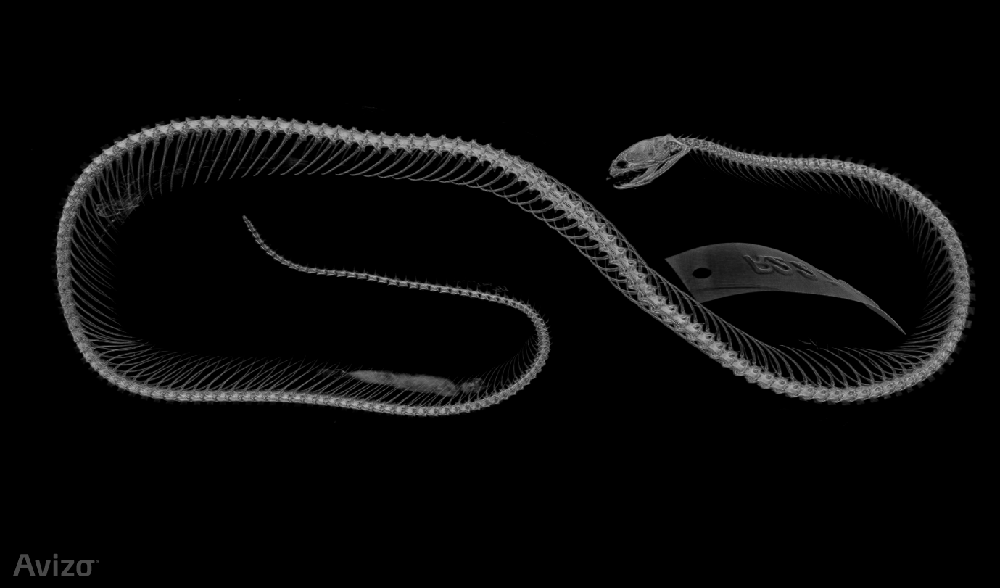Sea snake robot to help study marine life

AUSTRALIAN SCIENTISTS ARE ONE step closer to creating underwater robots inspired by the body shape and graceful swimming style of sea snakes.
Aside from being able to navigate more complex habitats, sea snake-inspired robots will be quieter in the water than divers or propeller-powered robots, says Amy Watson, a mechanical engineering postgraduate at the University of Adelaide.
The less invasive the underwater robots will be, the more effectively scientists will be able to use them to observe natural behaviour of marine life.
“Because the robot design mimics the sea snake we get this lovely feedback loop – the biology informs the design of the robot, which not only records new observations of the sea snakes but generates new information about the link between form and function.” says Amy.
Sea snake robot helps study sea snakes
Sea snakes, which spend all of their lives in water, are highly venomous. While they’re curious of divers, they tend to be mild-tempered and rarely aggressive towards humans. They evolved from land snakes about eight million years ago, and have become well-adapted for marine habitats. But not much is known about their behaviour and this new robot may help solve some of the mystery.
Sea snakes are characterised by their ribbon-like bodies and paddle-shaped tails, and the wide variety in appearance and behaviours of different species makes them an ideal group to study the link between body shape, anatomy and swimming performance.
Working with a team of sea snake specialists, computer scientists, and experts in biomechanics and robotics, Amy is first using CT scans to look at the movements and flexibility allowed by the sea snake spine. This will not only determine aspects of the robot design, but will contribute to understanding of sea snake evolution, Amy says.
The prototype will be remotely-operated and capable of diving to around 10m, as this is the depth where most sea snake activity occurs, for a period of around one hour.

A CT scan of a sea snake reveals its body structure, which is being used to create robot version. Credit: Amy Watson.
Sea snake robot to mimic swimming motion
The team will also analyse the snake’s swimming action by using footage of wild sea snakes and applying motion-tracking techniques similar to those used in cinematic visual effects.
Amy says the robots will also need special materials for the skins that are able to withstand increased pressure as they dive, and need to be waterproof and flexible enough to allow them to mimic the undulating swimming style. The team is aiming to have the first prototype completed at the end of this year.
Anthony Honeyfield, design director at Design + Industry (which produced James Cameron’s deep sea challenger), says the work is very exciting. He says biomimicry opens a world of possibilities and that it’s important to make a distinction between simply copying an animal’s appearance, and understanding the underlying principles of the natural design.
The work is expected to be applied to other animal groups, such as sand-swimming lizards.




